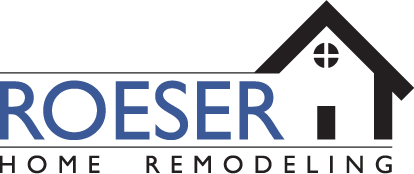One of the greatest inventions of the 19th century was the light bulb. Illuminating our homes without having to light a kerosene lamp was a big step forward in lighting and security.
Conventional lights work by flipping a switch on and off. Sometimes they are hardwired into a dimmer switch, allowing you to adjust the mood and lighting of a room. It wasn’t until incandescent bulbs gave way to LED that changes in lighting technology picked up speed.
Today we have smart lighting, which gives you far more control. With this technology, you decide your lighting needs – from bright lights needed to vacuum to mood lighting for entertaining or movie-watching. And instead of flipping a switch or turning a dimmer, you’ll be able to use your voice or smart device to do it for you.
What is smart lighting?
Lights are still connected to your home’s power; that isn’t likely to change in our lifetime. But now, smart LED bulbs that contain software can be used for smart lighting. With this smart technology, you can automate your lights or control them remotely.
This dynamic lighting feature is made possible with smart controls. There are two types of controls: voice control and wireless touch pads.
How does this work?
Wireless touch pads
Until now, the only way to get whole house control was to wire each individual switch or dimmer to a central controller. Threading wires through the walls was costly, time-consuming and labor intensive. Today, the switches “talk” to each other wirelessly and this makes the process easier and less expensive. You could do just a couple rooms at first, then finish the rest of your house as your budget allows.
Bluetooth
Your laptop and other devices use wi-fi, but these lighting devices use Bluetooth technology instead. If your internet goes down, your lights won’t.
Voice and smart phone control
Individual devices talk wirelessly to a central controller, basically a router. This controller is linked to a cloud server through the internet. Access your cloud server with a smart phone or voice control device such as Alexa or Siri.
How can I use this?
An app
A phone app gives homeowners ability to control lights from anywhere. This can be useful if you are out of town. You can set the app to turn on the lights in the house at a specific time, then change the lighting sequence a few days later to make it less predictable.
Voice controller
If you have something like Google Alexa, you can program it with specific lighting directions, such as turning off or dimming certain lights. Giving it a simple command such as, “Alexa, bedtime,” will set the program in motion.
Major light manufacturers such as Philips Hue and Ikea’s Trådfri line now integrate with voice controllers such as Apple’s Siri or Amazon’s Alexa.
Geofencing capability
Most people don’t like coming home to a dark house. Today’s smart lighting control systems are geofencing capable. This means that your phone can signal the router to switch on the lights when you turn onto your street or into your driveway.
What benefits to smart lighting are there?
Besides setting a mood, using smart lighting will save energy and money on your utility bill.
Energy efficiency
Once you’ve programmed your lights to turn on and off in various rooms at specific times, you can forget about them until you make a change to the program. And if you’re ever unsure, you can always check it and turn it off remotely.
Smart LED bulbs also last much longer and generate less heat than the original light bulbs, using less energy.
Automaton
Don’t like waking up to a dark house in winter? You can program certain lights to come on or program your bedroom light to gradually brighten, gently waking you up .
Conclusion
Smart lighting is here to stay. And why not? With the touch of a button or your voice, you can control your lights and save money and energy. If you’re considering a remodeling project, consider integrating smart lighting into your plan. Questions about smart lighting? Contact us here.
